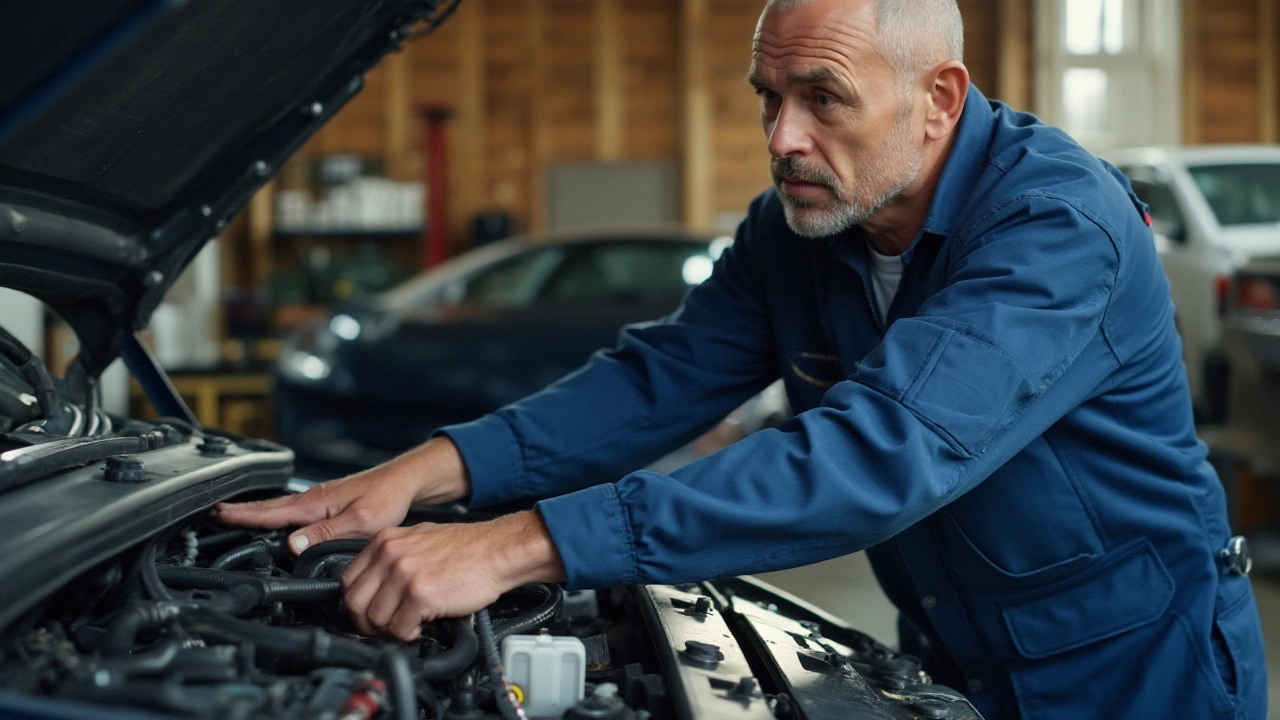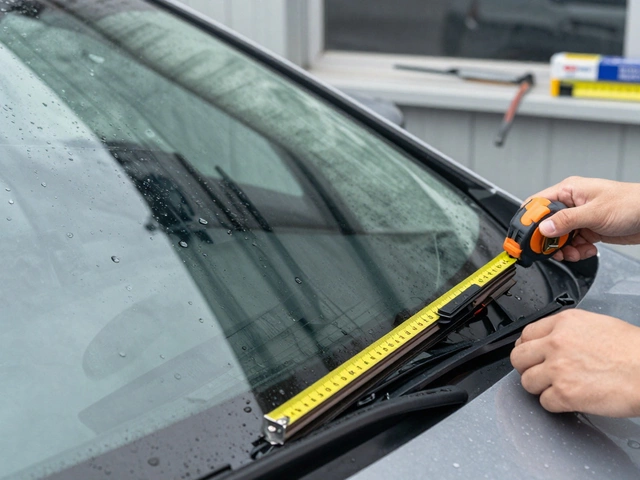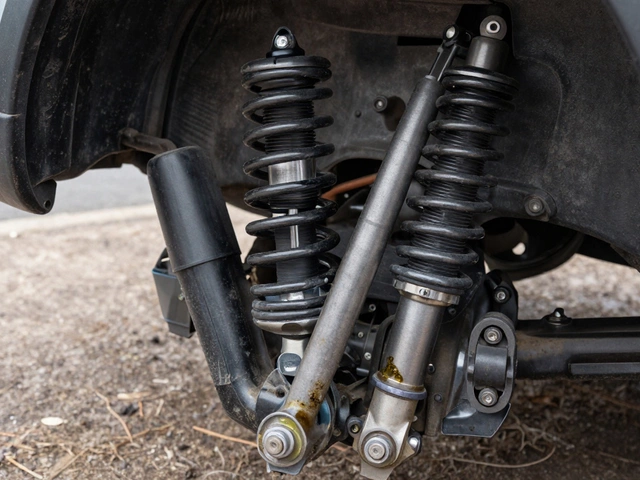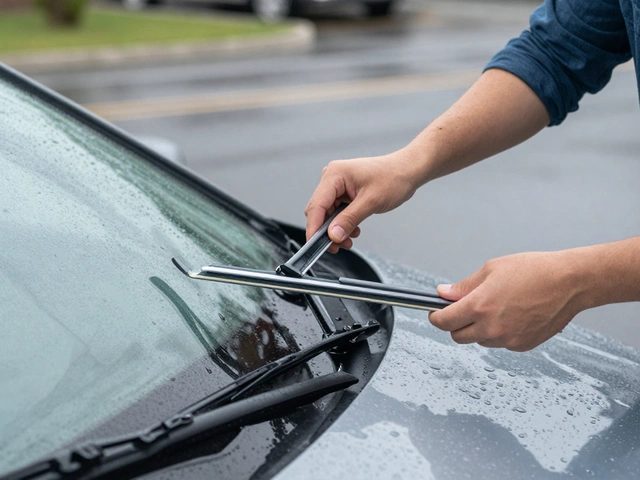Car Radiator Replacement: Costs, Signs, and What You Need to Know
When your car radiator, the core component that keeps your engine from overheating by circulating coolant. Also known as cooling system radiator, it’s one of those parts you never think about—until your car starts steaming on the side of the road. A failing radiator doesn’t always scream for help. Sometimes it just slowly loses its grip, letting your engine run hotter than it should. And if you ignore it, you’re not just risking a breakdown—you’re risking a $3,000 engine repair.
The coolant leak, a common sign of radiator failure where fluid escapes from cracks, hoses, or seals is the first red flag most drivers spot. You’ll see green, orange, or pink puddles under your car. But leaks aren’t the only problem. Internal rust, clogged passages, or a cracked tank can stop coolant from flowing properly—even if there’s no visible drip. That’s why overheating car, when the engine temperature climbs past safe limits due to cooling system failure is such a serious symptom. It’s not just a warning light. It’s your engine screaming for help.
How long should a radiator last? Most last 8 to 12 years or 100,000 to 150,000 miles, but that’s if you’ve kept up with coolant changes. Old coolant turns acidic, eats away at metal, and turns your radiator into a rust trap. If your car is over 10 years old and you’ve never replaced the radiator, you’re playing Russian roulette with your engine. And replacing it isn’t just about buying a new part—it’s about matching the right fit, the right pressure rating, and the right coolant type for your exact model.
Then there’s the cost. radiator replacement cost, the total price to remove a damaged radiator and install a new one, including labor and fluid in the UK ranges from £300 to £800. Why such a big spread? It depends on your car. A simple hatchback might cost £350. A luxury SUV or a car with the radiator tucked behind the front bumper? You’re looking at £700 or more. Labor eats up half the bill because getting to the radiator often means removing the grille, fans, sensors, and sometimes even the air conditioning lines. Don’t be fooled by cheap quotes—some shops skip flushing the system or reuse old hoses. That’s how you get a new radiator and a broken one again in six months.
You don’t need to wait for smoke to come out of your hood. Watch for subtle signs: rising temperature gauge, sweet smell from the engine bay, low coolant levels you keep topping up, or white smoke from the exhaust (that’s coolant burning in the cylinders). These aren’t "maybe" problems. They’re clear signals your radiator is on its way out.
Below, you’ll find real breakdowns of what goes wrong, how much it actually costs, and what you can do yourself before calling a mechanic. Whether you’re dealing with a slow leak, a cracked tank, or just wondering if your 15-year-old radiator still has life left, these posts give you the facts—no hype, no upsells, just what you need to know to make the right call.





